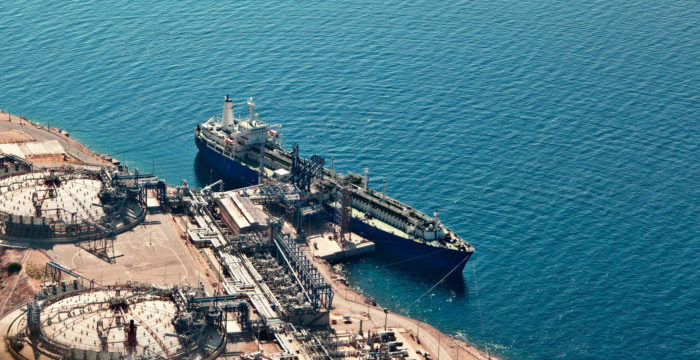The federal Energy Regulatory Commission (FERC) greenlighted four liquefied natural gas projects and related facilities that export natural gas, with all four projects adding combined liquefaction capacity of 46.5m tonnes per annum.
The three approved projects are located along the Brownsville Ship Channel in Brownsville, Texas, while the fourth that is to expand a currently operating facility near Corpus Christi, Texas, marks a significant addition to the number of LNG export facilities approved by FERC this year.
Based on specific condition, FERC approved the three Brownsville Ship Channel projects, proposed by Texas LNG Brownsville, LLC; Rio Grande LNG, LLC and Rio Bravo Pipeline Company; and Annova LNG Common Infrastructure, LLC and three of its affiliates.
[smlsubform prepend=”GET THE SAFETY4SEA IN YOUR INBOX!” showname=false emailtxt=”” emailholder=”Enter your email address” showsubmit=true submittxt=”Submit” jsthanks=false thankyou=”Thank you for subscribing to our mailing list”]
Similarly, under conditions, the commission approved a proposal by Corpus Christi Stage III, LLC and Corpus Christi Liquefaction LLC to site, build and operate the Stage 3 LNG Project that would allow the company to liquefy for export an additional 11.45 million metric tons per year of LNG at Corpus Christi Liquefaction’s LNG terminal now operating in San Patricio and Nueces counties, Texas.
All projects have issued their applications, prior to the US Department of Energy seeking authorization to export gas to countries without Free Trade Agreements with the United States.
- Texas LNG Brownsville is expected to export approximately 4 million metric tons per year of natural gas as LNG.
- Rio Grande LNG Terminal and associated Rio Bravo Pipeline Project would export 27 million metric tons per year.
- The Annova LNG Brownsville Project would export up to 6 million metric tons per year.
In light of the approvals, FERC Chairman Neil Chatterjee commented
The Commission has now completed its work on applications for 11 LNG export projects in the past nine months, helping the United States expand the availability of natural gas for our global allies who need access to an efficient, affordable and environmentally friendly fuel for power generation.































































